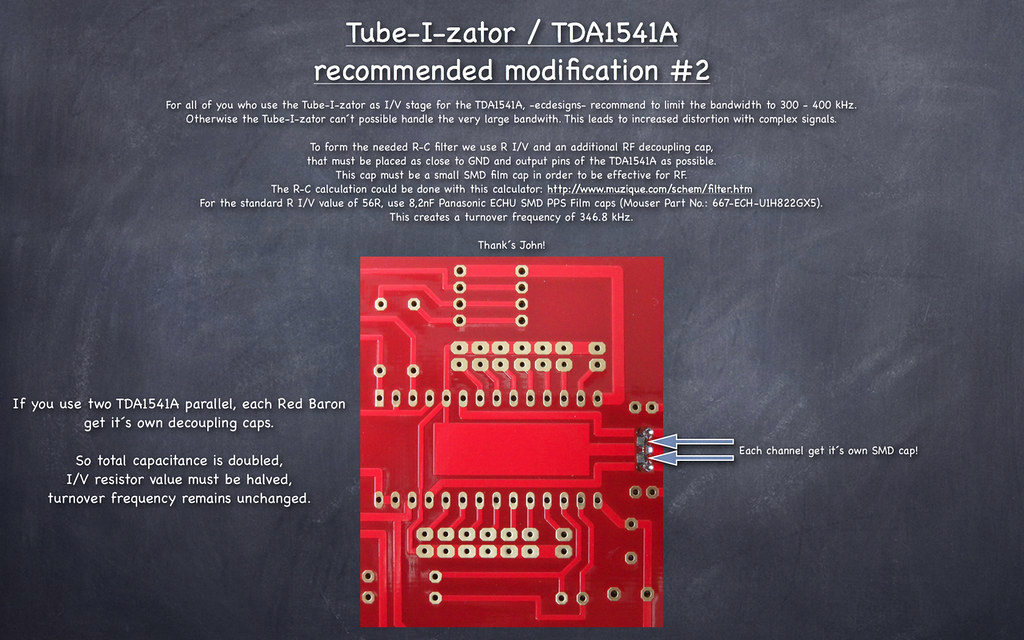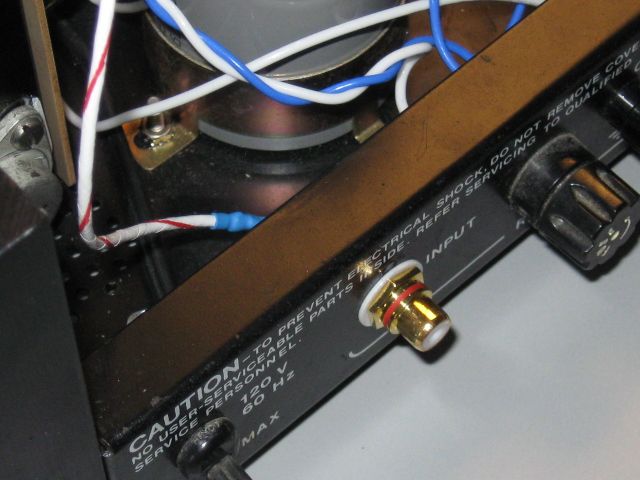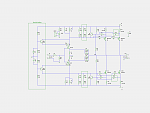The 6BQ6 as an audio final came to my attention as a chance result of finding
an old article from a Portuguese (Brazilian? -- it was written in Portuguese)
ham magazine. This described a simple AM plate modulator that claimed an output
of 30W (fixed bias) or 25W (cathode bias) that used a push-pull pair of these
VTs. You would expect to see 6L6s or 807s used in this particular application.
Why 6BQ6s, and what were they?
The 6BQ6 is a large signal beam former. It has
no audio pedigree
whatsoever, and the spec sheet makes no mention of its use as an audio final.
During the 1950s, screen sizes and deflection angles increased, giving a larger
viewing area, and a shorter CRT for more compact TV sets. This development meant
that the usual audio finals and RF types became increasingly unsatisfactory for
horizontal deflection duty. New types more suited to the task were developed,
and one such type was...























